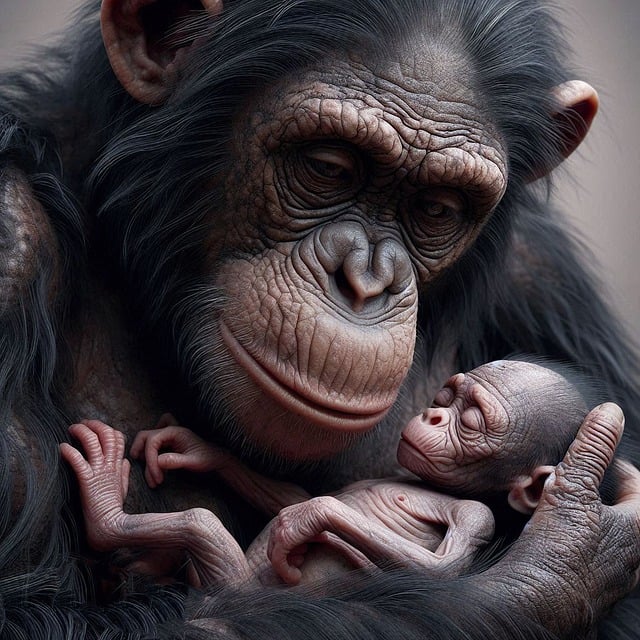The cremation process involves careful preparation, heating a body in a high-temperature chamber to 1700°F (925°C) for several hours until reduced to bone fragments and vaporized fluids, cooling, pulverizing bones into fine ash, and offering diverse memorialization options like keeping ashes in an urn, scattering at a meaningful location, or public burial with a marker. Professional cremation services provide flexibility and honor individual preferences and beliefs.
“Cremation has become a preferred choice for many as a respectful and eco-friendly final disposition option. But what exactly happens during this process? This comprehensive guide delves into the step-by-step procedure of cremation services, explaining what occurs to the body at each stage. From initial preparation to the reduction of remains, understanding these stages offers clarity. Furthermore, we explore aftercare options and memorialization ideas, providing insights for those seeking meaningful ways to commemorate loved ones through cremation.”
- The Process of Cremation: Step-by-Step Guide
- What Happens to the Body During Cremation?
- Aftercare and Memorialization Options
The Process of Cremation: Step-by-Step Guide
The process of cremation is a carefully orchestrated series of steps designed to respectfully and efficiently reduce a deceased individual’s remains to their most basic elements. It begins with careful preparation, where the body is washed and dressed, often according to the family’s wishes or religious traditions. This step ensures that the body is presentable and ready for the next phase.
Next, the body is placed in a cremation chamber, typically made of steel or aluminum. The chamber is heated to extremely high temperatures—often above 1700°F (925°C)—which reduces the body to its bone fragments and vaporizes any remaining fluids. This process takes several hours, during which the temperature is carefully monitored to ensure complete reduction. Once complete, the remains are allowed to cool, and the bones are then pulverized into a fine ash, often using specialized machinery. The resulting ash is what families receive as part of the cremation services, typically in a temporary container or urn.
What Happens to the Body During Cremation?
During cremation, the body is reduced to its most basic elements in a process that involves high heat and controlled combustion. This method, offered by professional cremation services, differs significantly from traditional burial practices. Unlike burial, which involves interment in a casket, cremation offers a more streamlined approach. The process begins with the removal of any personal items or objects of sentimental value, ensuring they are treated with the same respect as the deceased. Once these items are set aside, the body is placed within a specialized crematorium chamber.
The chamber, designed for this precise purpose, utilizes high-temperature flames to swiftly and efficiently reduce the body to its bone fragments. This transformation occurs rapidly, typically taking just an hour or less, depending on various factors like the size of the individual. As the cremation progresses, the carbon and other organic materials burn off, leaving behind only the inorganic remains—the ashes we often associate with cremation services. These ashes are then carefully collected and may be returned to the family, who can choose to scatter them, bury them, or keep them in a keepsake urn.
Aftercare and Memorialization Options
After a cremation service is completed, loved ones are left with a range of options for honouring and memorializing their deceased relative or friend. Cremation allows for flexibility in this regard, as the ashes can be kept in an urn, scattered at a meaningful location, or incorporated into various keepsakes and artwork. Many people choose to keep their loved one’s ashes at home, placing them in a columbarium or a special container on a bookshelf or mantlepiece. This provides a constant reminder of their presence and allows for private moments of remembrance.
Alternatively, some opt for more public forms of memorialization. This could include burying the ashes in a designated cemetery plot, where a headstone or personalized marker can be placed. Many cremation services also offer niche adoption programs, allowing ashes to be kept in a communal setting within a columbarium. These options cater to different preferences and beliefs, ensuring that the memory of the deceased is preserved and honoured in a way that feels right for each individual and their loved ones.
Cremation offers a peaceful and eco-friendly solution for those seeking final resting places. Understanding the detailed process, from the initial preparation to the subsequent aftercare options, is essential when considering cremation services. By the end of this guide, you now know what happens during cremation, providing clarity and peace of mind during an emotional time. Remember, choosing the right cremations services to honour your loved one’s memory is a crucial step in the grieving process.
